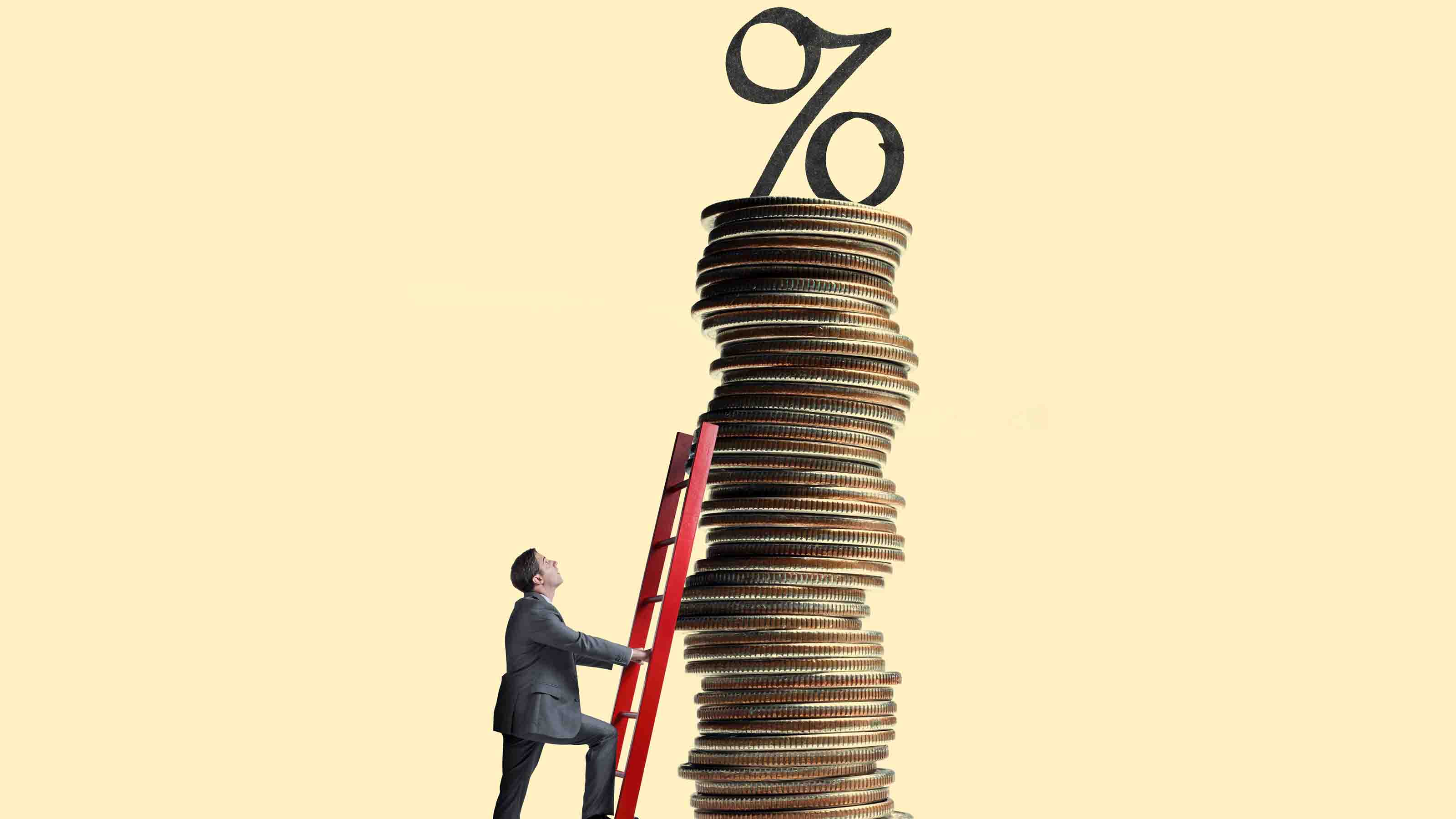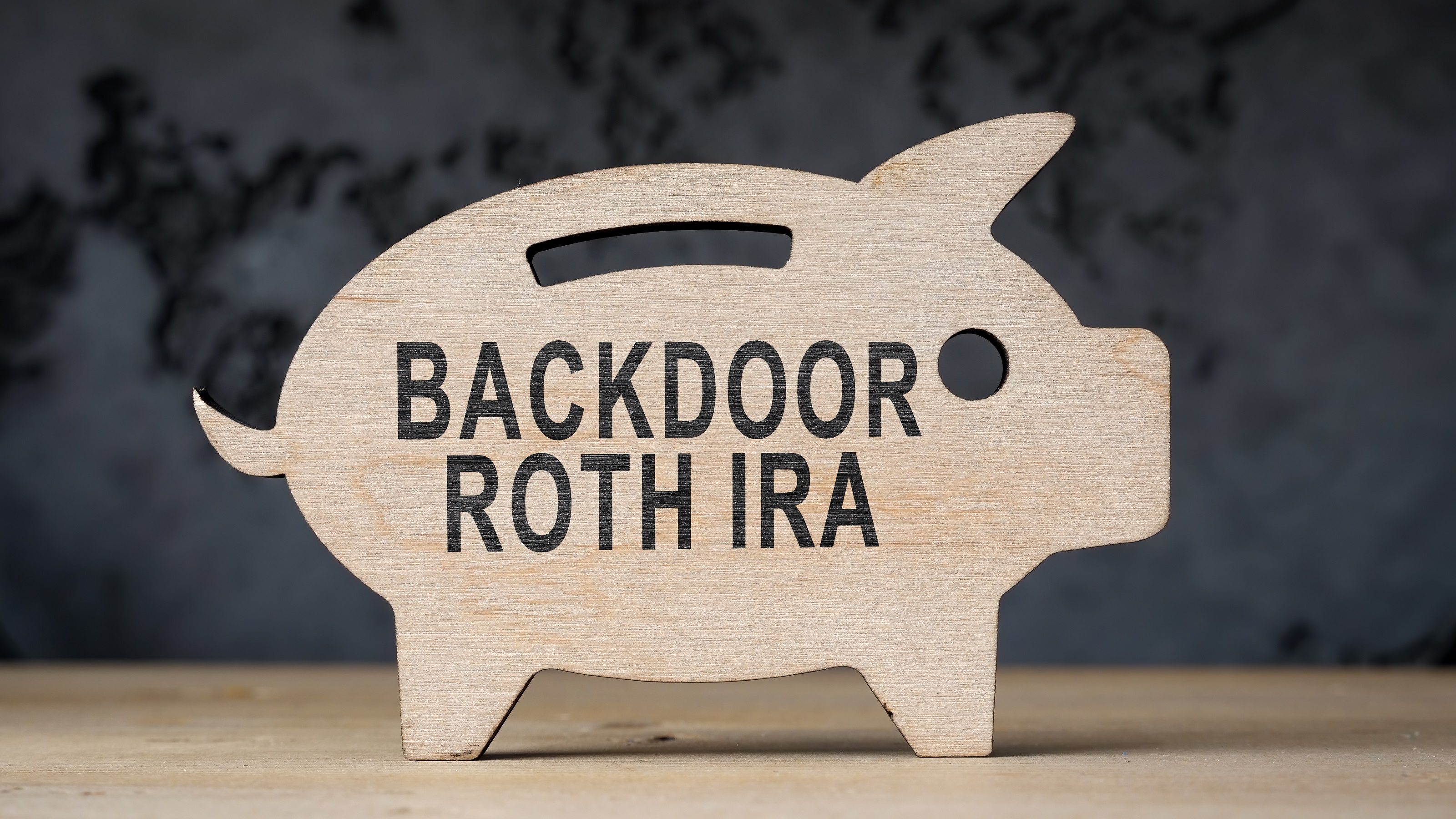8 Smart Financial Moves for the New Year
Our New Year's resolution is to help you improve your finances in 2017. Start with these strategies.


This is the perfect time of year to take advantage of opportunities to save for retirement, cut expenses, prepare for tax breaks, increase your take-home pay, improve your credit profile, review your investments and do some financial housekeeping. These eight financial moves will prepare you for a more profitable year:
2. Gather tax records and purge your old tax files. You should be receiving your year-end brokerage and other statements soon and will get your 1099s and W-2s by the end of January. After that you can toss most monthly statements, pay stubs and receipts you don’t need for tax filing if they match up with the year-end reports. (See Tax Forms That Can Accidentally Increase Your Tax Bill for more information about what you need to report from these forms.) Meanwhile, start gathering your tax records so you don’t miss valuable deductions while scrambling to meet the tax-filing deadline in the spring. Look at our list of The 23 Most-Overlooked Tax Deductions to see if you qualify for any breaks you hadn’t considered.
If you’re getting a refund, file your return as soon as possible so you get the money quickly and help thwart identity thieves. The IRS will begin accepting electronic returns and processing paper returns on January 23. See How to Beat the Crooks to Your Tax Refund for more information. After you file your return, you’ll be able to toss some of your old tax files (the IRS generally has three years after the tax-filing deadline to initiate an audit). Keep the returns but toss (or shred) most of the supporting documents. See Tax Files: Which Ones to Throw Out, Which Ones to Keep.

Sign up for Kiplinger’s Free E-Newsletters
Profit and prosper with the best of expert advice on investing, taxes, retirement, personal finance and more - straight to your e-mail.
Profit and prosper with the best of expert advice - straight to your e-mail.
3. Adjust your tax withholding. Rather than wait for a big tax refund in the spring, you could get more money in each paycheck starting right away. Use our Tax Withholding Calculator to see if you can claim more allowances on the W-4 form you submit to your employer and have less money withheld from your paychecks. See How to Get Next Year’s Tax Refund Now for more information.
4. Refresh your estate plans. An easy but essential step is to review your beneficiaries for your life insurance, 401(k), IRAs, and other retirement plans, especially if you’ve gotten married, divorced, had children or experienced other life changes. Your accounts will go to the beneficiaries you designate even if you leave other instructions in your will. It’s also a good time to review your will and other estate-planning documents, such as a health-care proxy. See 8 Smart Estate Planning Steps to Die the Right Way.
5. Save money on insurance. It’s also a good time of year to review your insurance policies, especially car and home insurance. Consider boosting your deductibles from $250 to $500 or $1,000, which can cut your rates by up to 20% and prevent you from filing small claims that could lead insurers to boost your rates or drop your coverage. See An Easy Way to Save on Homeowners Insurance. Ask your insurer for a list of discounts and make sure you’re getting credit for all that you deserve. Consider signing up for a data-tracking program if offered by your car insurer (such as Progressive’s Snapshot, State Farm’s Drive Safe & Save or Allstate’s Drivewise); you plug a device into your car that sends the insurer information about your mileage and driving habits, such as hard braking and rapid acceleration. People with the lowest mileage and safest driving habits can save as much as 50%. And shop around for a better deal on your car insurance: Compare rates on the same amount of coverage at several insurers, and let your company know before you switch; it may offer to beat the quote, especially if you’re a longtime customer. See Can You Believe Car-Insurance Ads? for more information about shopping around for coverage and other money-saving strategies.
6. Replenish your emergency fund. Your rainy-day fund should have at least three to six months of expenses so you don’t have to raid your retirement savings or take an expensive loan if you have a leaky roof or broken-down car or you lose your job. If you’ve had to tap the account over the past few years, start replacing the money now. See How Much to Save for an Emergency for more information.
Get Kiplinger Today newsletter — free
Profit and prosper with the best of Kiplinger's advice on investing, taxes, retirement, personal finance and much more. Delivered daily. Enter your email in the box and click Sign Me Up.

As the "Ask Kim" columnist for Kiplinger's Personal Finance, Lankford receives hundreds of personal finance questions from readers every month. She is the author of Rescue Your Financial Life (McGraw-Hill, 2003), The Insurance Maze: How You Can Save Money on Insurance -- and Still Get the Coverage You Need (Kaplan, 2006), Kiplinger's Ask Kim for Money Smart Solutions (Kaplan, 2007) and The Kiplinger/BBB Personal Finance Guide for Military Families. She is frequently featured as a financial expert on television and radio, including NBC's Today Show, CNN, CNBC and National Public Radio.
-
 Stock Market Today: Stocks Soar on China Trade Talk Hopes
Stock Market Today: Stocks Soar on China Trade Talk HopesTreasury Secretary Bessent said current U.S.-China trade relations are unsustainable and signaled hopes for negotiations.
By Karee Venema
-
 2026 Disney Dining Plan Returns: Free Dining for Kids & Resort Benefits
2026 Disney Dining Plan Returns: Free Dining for Kids & Resort BenefitsPlan your 2026 Walt Disney World vacation now. Learn about the returning Disney Dining Plan, how kids aged three to nine eat free, and the exclusive benefits of staying at a Disney Resort hotel.
By Carla Ayers
-
 What Does Medicare Not Cover? Eight Things You Should Know
What Does Medicare Not Cover? Eight Things You Should KnowHealthy Living on a Budget Medicare Part A and Part B leave gaps in your healthcare coverage. But Medicare Advantage has problems, too.
By Donna LeValley
-
 How to Benefit From Rising Interest Rates
How to Benefit From Rising Interest RatesFinancial Planning Savers will get the best rates from top-yielding savings and money market deposit accounts at online banks.
By Rivan V. Stinson
-
 Donor-Advised Funds: The Gift That Keeps on Giving
Donor-Advised Funds: The Gift That Keeps on GivingFinancial Planning Expert guidance on how this charitable vehicle can make a difference.
By Emma Patch
-
 PODCAST: Tax Breaks for College Finance with Kalman Chany
PODCAST: Tax Breaks for College Finance with Kalman ChanyPaying for College Paying for (ever-pricier) college is a challenge that this consultant meets head on with highly specific guidance.
By David Muhlbaum
-
 Reading, Writing, and Personal Finance
Reading, Writing, and Personal FinanceRaising Money-Smart Kids A growing number of high schools are adding personal finance to their curriculum.
By Sandra Block
-
 Backdoor Roth IRAs: Good for Wealthy Retirees?
Backdoor Roth IRAs: Good for Wealthy Retirees?Financial Planning A backdoor Roth IRA is a tax loophole that enables wealthier individuals to earn tax-free income. But it's complicated.
By David Rodeck
-
 PODCAST: This Couple Tackles Love and Money as a Team
PODCAST: This Couple Tackles Love and Money as a TeamGetting Married Fyooz Financial, the husband and wife team of Dan and Natalie Slagle, have carved out a niche advising other couples with the money questions that come with pairing up. Also, where is this troubled stock market headed?
By David Muhlbaum
-
 ABLE Accounts Give Disabled More Financial Freedom
ABLE Accounts Give Disabled More Financial FreedomFinancial Planning People with disabilities, and their families, can save for a variety of expenses in these tax-advantaged accounts.
By Emma Patch